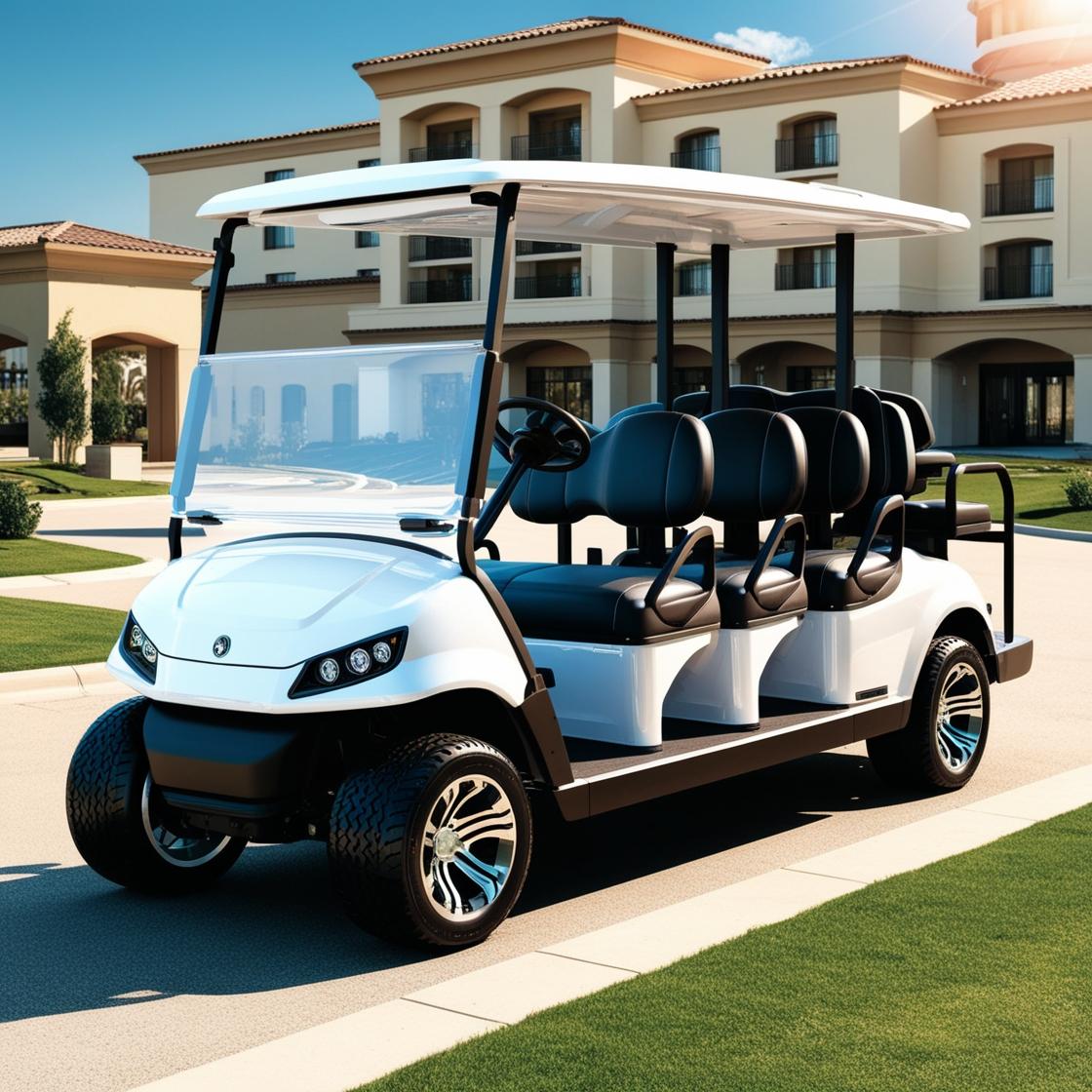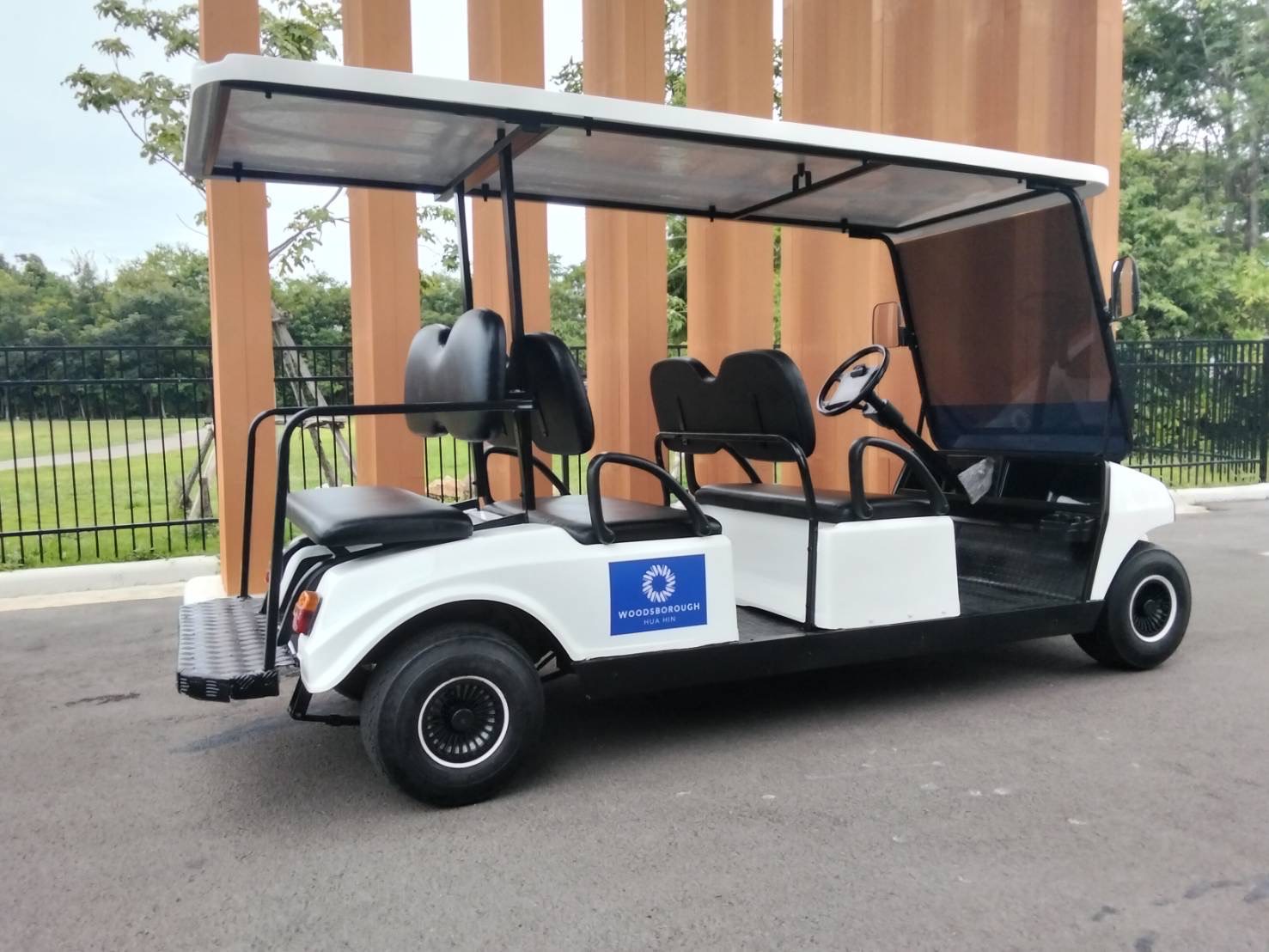Electric golf carts have become increasingly popular for a variety of commercial uses, including golf courses, resorts, hotels, factories, and even agricultural farms. For business owners considering investing in these vehicles, understanding the associated costs is crucial to ensuring proper financial planning and operational efficiency.
Key Costs Associated with Electric Golf Carts
Before purchasing an electric golf cart, it’s essential to be aware of the costs involved, ranging from the initial purchase to maintenance expenses. Here are four main areas of expenditure:
- Initial Purchase Cost
The most significant upfront expense is purchasing the golf cart itself. Buyers can choose between new and used models, with prices varying depending on the brand, model, and seating capacity. On average, costs range from hundreds of thousands to millions of baht. Businesses with budget constraints may also consider rental options as a cost-saving alternative. - Insurance Costs
While golf carts cannot be driven on public roads under Thai traffic laws, they are classified as motor vehicles when used in specific areas, such as golf courses, resorts, or private property. According to the Office of Insurance Commission, golf carts powered by engines or electricity must have mandatory insurance to cover accident-related medical expenses. Insurance rates are typically aligned with those for electric vehicles. - Maintenance Expenses
Regular maintenance is essential to maximize the lifespan and performance of a golf cart. Maintenance costs include:- Inspection and Repairs: Routine inspections ensure the proper functioning of parts, such as the electric motor, and repairs address any detected issues.
- Replacement Parts: Components like tires, batteries, motors, sensors, and controllers may require replacement over time. Allocating a budget for spare parts is crucial to maintaining smooth operations.
- Charging Costs
As electric golf carts rely on stored energy for propulsion, charging costs form a significant part of operating expenses. The electricity consumption depends on the cart’s usage frequency and the current electricity rates.
Which Cost Is Most Important?
For commercial users, maintenance costs are the most critical. Regular upkeep ensures the vehicle remains operational for an extended period, prevents unexpected breakdowns, and minimizes the need for costly repairs or premature replacements.
Maintenance Tips to Save Costs
Here are some practical maintenance strategies to prolong the life of commercial golf carts:
- Check Lubrication Levels: For internal combustion engine carts, monitor engine oil levels and filter regularly. For electric models, ensure the battery water levels are adequate to avoid motor issues.
- Inspect the Braking System: Regularly examine brake pads, pedals, and brake fluid levels to maintain safety and functionality.
- Monitor Tire Conditions: Maintain proper tire pressure and inspect for wear and tear to enhance safety, fuel efficiency, and tire longevity.
- Examine Electrical Systems: Regular checks of the electrical components can prevent operational failures and extend the life of the vehicle.
Conclusion
Investing in electric golf carts for commercial purposes involves various costs, but with diligent maintenance and financial planning, these vehicles can deliver exceptional value over time. Proper care ensures efficient operation, reduces long-term expenses, and supports sustainable business growth.



